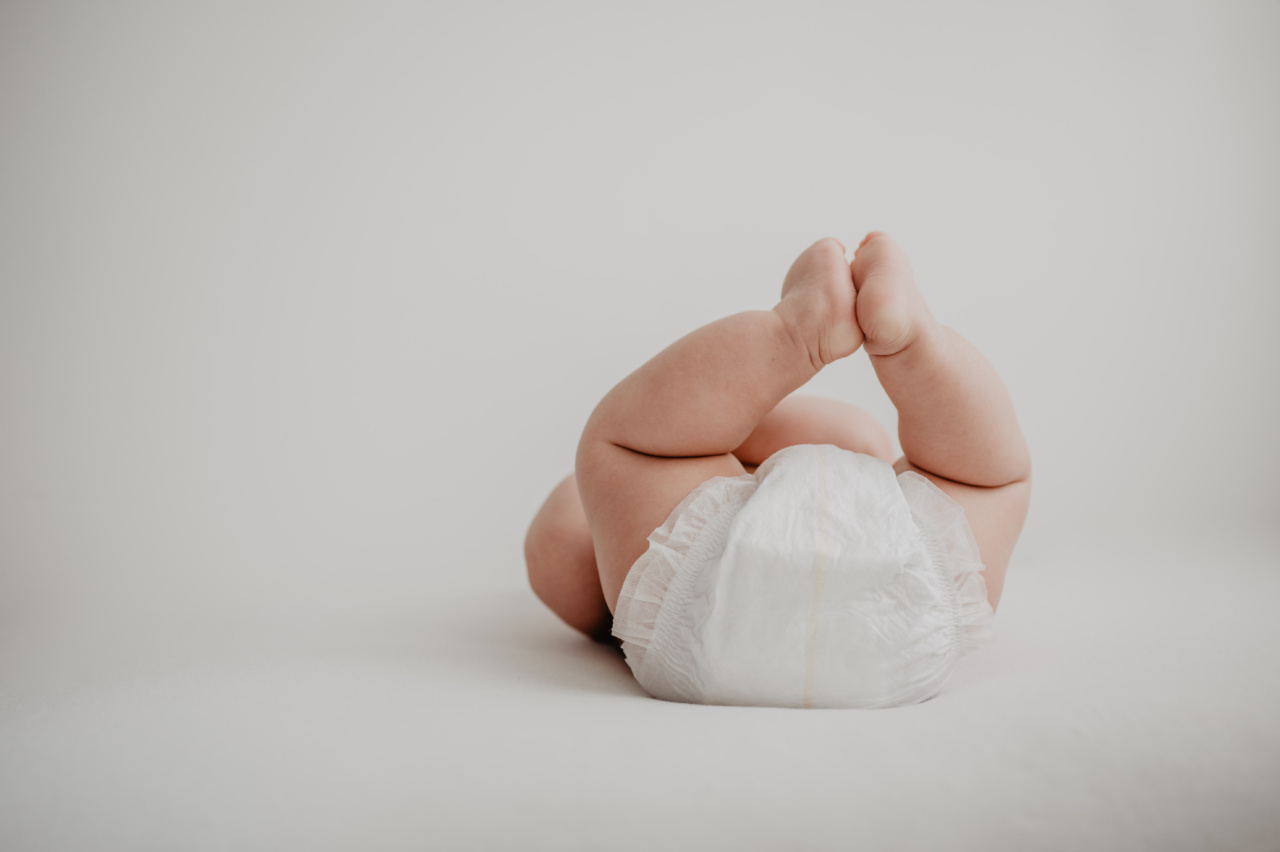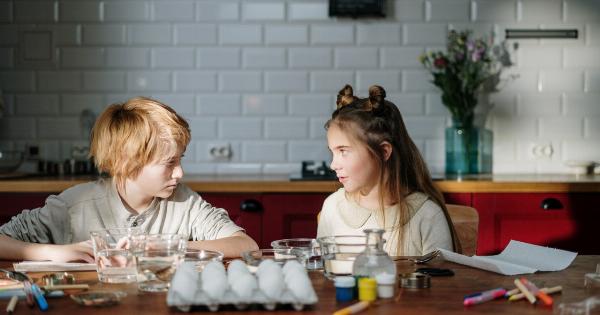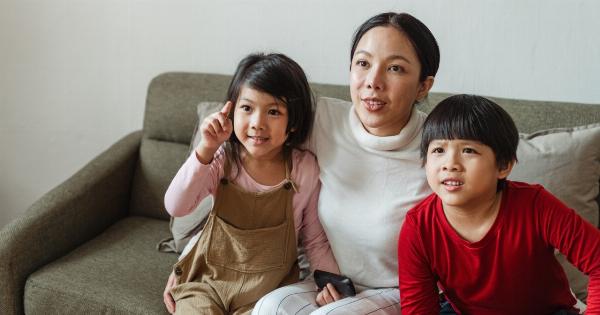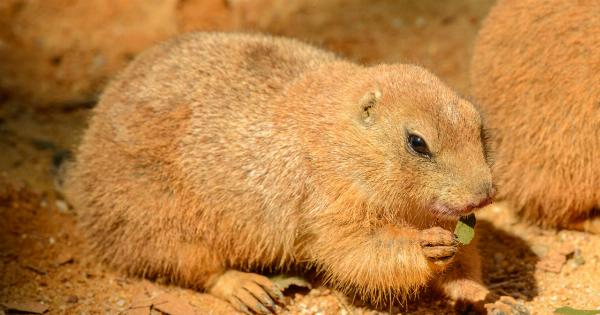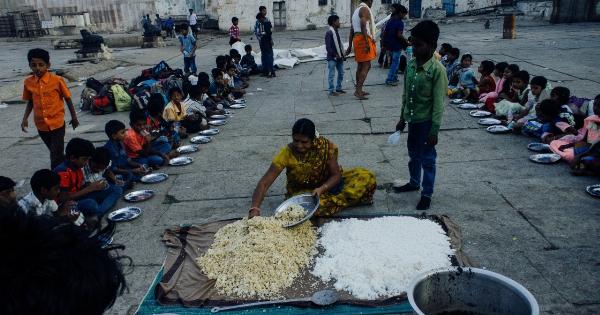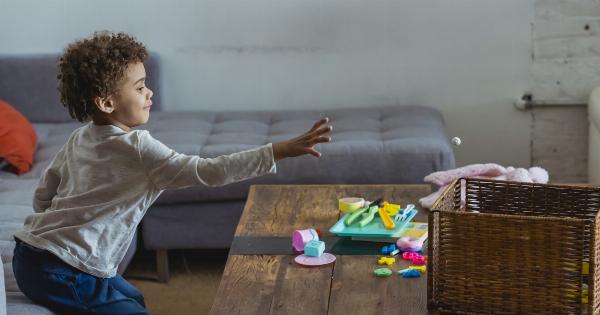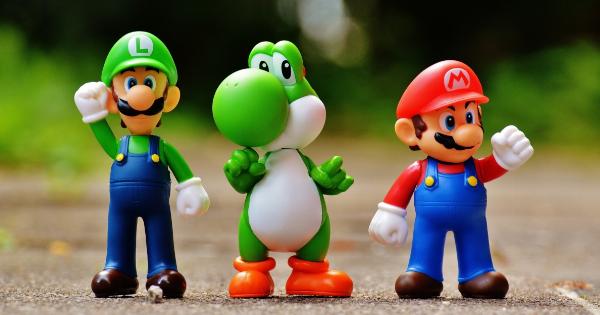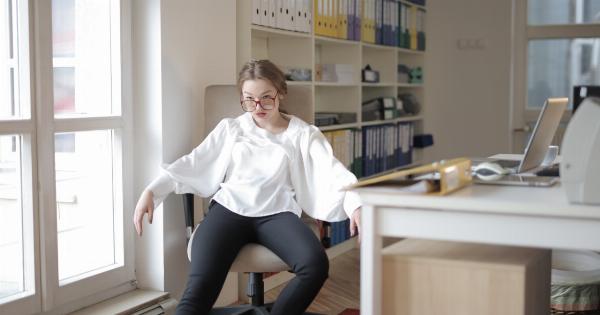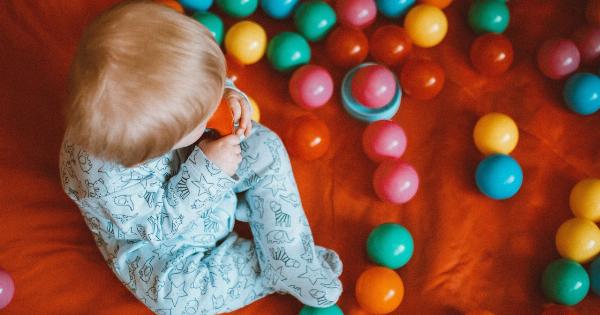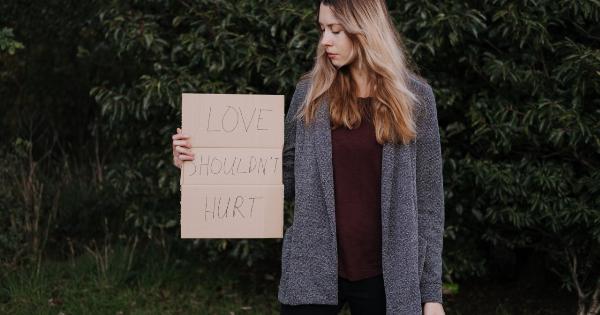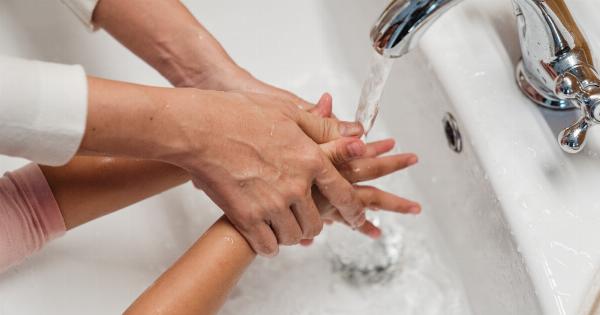As babies start to explore their surroundings, crawling becomes an exciting milestone. It is a crucial stage of development that allows them to gain independence and discover the world around them.
However, while crawling can be a thrilling experience for babies, it also exposes them to potential hazards that may be lurking in the rugs they crawl on. In this article, we will delve into the hidden dangers that babies may encounter while exploring on rugs and how to ensure a safe environment for their crawling adventures.
Understanding the hazards
Rugs, although seemingly harmless, can pose various risks to crawling babies. The following are some of the hidden hazards that parents need to be aware of:.
1. Allergens and irritants
Rugs, especially those that are not regularly cleaned, can harbor allergens and irritants. Dust mites, pet dander, pollen, and mold spores can easily accumulate in the fibers, causing discomfort and triggering allergies or respiratory issues in babies.
2. Bacteria and germs
Just like carpets, rugs can harbor bacteria and germs, especially if they are in high-traffic areas. Crawling babies may come into direct contact with these microorganisms, increasing the risk of infections and illnesses.
3. Chemicals and toxins
Synthetic rugs often contain chemicals that may be harmful to babies.
These chemicals, such as flame retardants, volatile organic compounds (VOCs), and formaldehyde, can be released into the air and easily absorbed by infants through their skin or inhalation.
4. Tripping and falls
Rugs that are not properly secured or have uneven surfaces can pose a tripping hazard for crawling babies. They may stumble, fall, and injure themselves, especially if they are just starting to explore their motor skills.
5. Choking hazards
Rugs with loose threads, small decorations, or beads can present choking hazards to curious babies who are inclined to put everything they find into their mouths. These small objects can easily detach from the rug and become a potential danger.
Ensuring a safe crawling environment
While the hazards mentioned above may sound alarming, there are preventive measures that parents can take to ensure a safe crawling environment for their little ones:.
1. Regular cleaning and maintenance
Frequent vacuuming, shaking, or beating rugs can help get rid of allergens, dust, and dirt. Parents should also consider professional cleaning at least once a year to thoroughly eliminate any hidden contaminants.
2. Choosing natural and non-toxic rugs
Opting for rugs made from natural fibers such as cotton, wool, or jute reduces the exposure to potentially harmful chemicals found in synthetic rugs. Parents should also look for rugs labeled as low-VOC or certified as non-toxic.
3. Securing rugs properly
Using non-slip rug pads or adhesive strips can prevent rugs from sliding or bunching up, minimizing the risk of tripping accidents. It is essential to ensure the rugs are securely in place before allowing babies to crawl on them.
4. Inspecting for loose threads or small objects
Regularly checking rugs for loose threads, small decorations, or beads is crucial for eliminating choking hazards. If any small parts are found, they should be promptly removed or repaired before allowing babies to crawl on the rug.
5. Providing a designated crawling area
It can be helpful to create a designated space for babies to crawl, such as a play mat or crawling blanket. This area can be easily controlled, ensuring a safe environment without the risks associated with rugs.
6. Encouraging barefoot crawling or non-slip socks
Allowing babies to crawl barefoot or using non-slip socks provides better traction on rugs compared to wearing shoes. This reduces the likelihood of slipping accidents and enables babies to maintain stability while exploring.
7. Supervision and vigilance
Regardless of the precautions taken, it is crucial for parents and caregivers to closely supervise babies while they are crawling on rugs. Immediate intervention can prevent potential accidents or hazards that may arise unexpectedly.
Conclusion
While rugs offer comfort and aesthetic appeal to indoor spaces, they can harbor hidden hazards for crawling babies. Understanding the risks associated with rugs and implementing preventive measures are essential to ensure a safe crawling environment.
Regular cleaning, choosing natural rugs, securing them properly, and closely supervising babies are all vital steps in protecting them from the potential dangers lurking beneath their tiny knees. By taking the necessary precautions, parents can create a safe haven for their crawling infants to explore and thrive.
